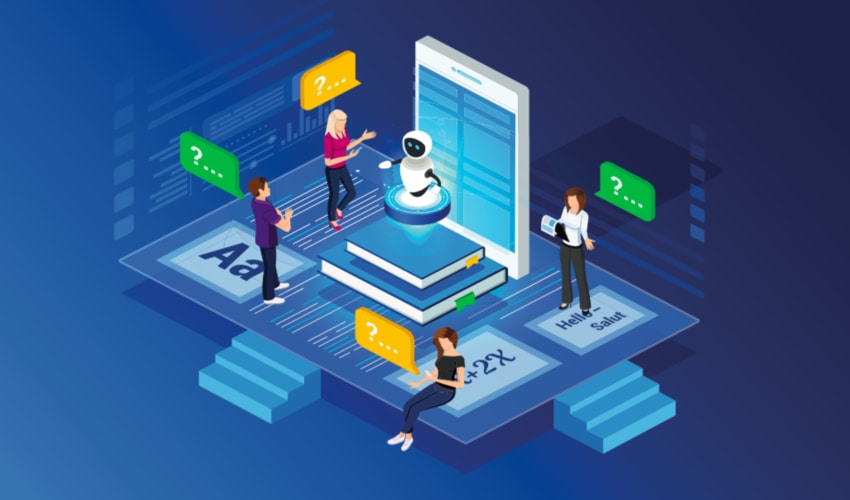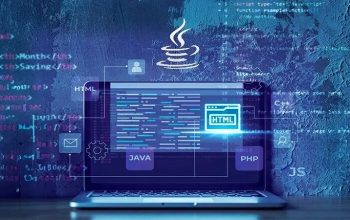For many software companies who are working on a large scale, complex projects, the process of detecting bugs, and eliminating them from the system have become challenging given the complicated scope of the project and stringent get-to-market deadlines. The cost of finding and resolving bugs grows exponentially as it moves from the requirements and design phase to the development and maintenance stage. Additionally, the possibility of missing the defect altogether during the testing cycles can have detrimental effects on the project delivery and quality. So what if you could avoid this tiresome process altogether, predict the defects and bugs before they occur, and prevent them to avoid unnecessary costs and efforts?
Testing is one of the most critical phases of the software development lifecycle and accounts for almost 50 % of total developmental costs. Hence, for the sake of cost and time efficiency, it is of utmost importance for the companies to carefully plan and execute their testing strategies. Employing artificial intelligence and machine learning along with the defect tracking software creates a software defect prediction system which allows the companies to reduce their testing efforts by not only predicting defects beforehand but also by redirecting the quality assurance teams to the most defect prone areas of the application.
Application of Artificial Intelligence in Defect Tracking for Bug Prediction
With the help of Artificial Intelligence, software defect prediction models combine the defect tracking software with well-known algorithms like statistical models and machine learning to enhance the efficiency of the testing process. Through these models, the development and quality assurance teams are able to gauge the quality of their software and its susceptibility to bugs and errors. Owing to the nature of the software prediction models, historical data including software metrics and previous defects information is a prerequisite for training data. The idea behind training data sets is that they learn and highlight which units and modules of the software application project are prone to defects. Based on the knowledge and insights derived from the training data sets and software metrics, developers can easily determine which direction or module to focus their testing efforts on primarily.
As per to recent research studies by Menzies et al. (2007), the artificial intelligence-based defect prediction models are able to spot 70 percent of defects in the software application on average, while the defect detection average of manual code reviews lies between 35 to 60 percent Shull et al. (2002). In comparison to this, inspections carried out during the testing process are able to identify around 30 percent of defects in the software application at best. These AI-based predictors use past information about the recent projects about the defect patterns and trends and use this information to make predictions about the defect proneness of the new projects. The fact that it resembles the working principle of the human brain which collects previous knowledge, analyzes it, and makes new predictions, combined with its ability to reduce human error, is what makes it superior and more effective than other models.




